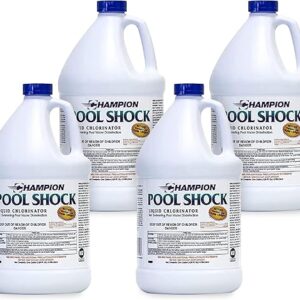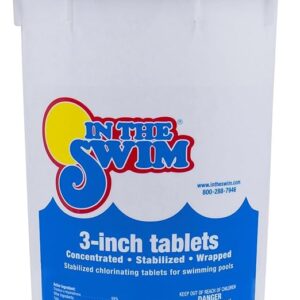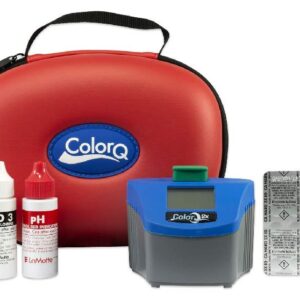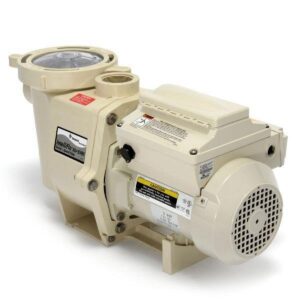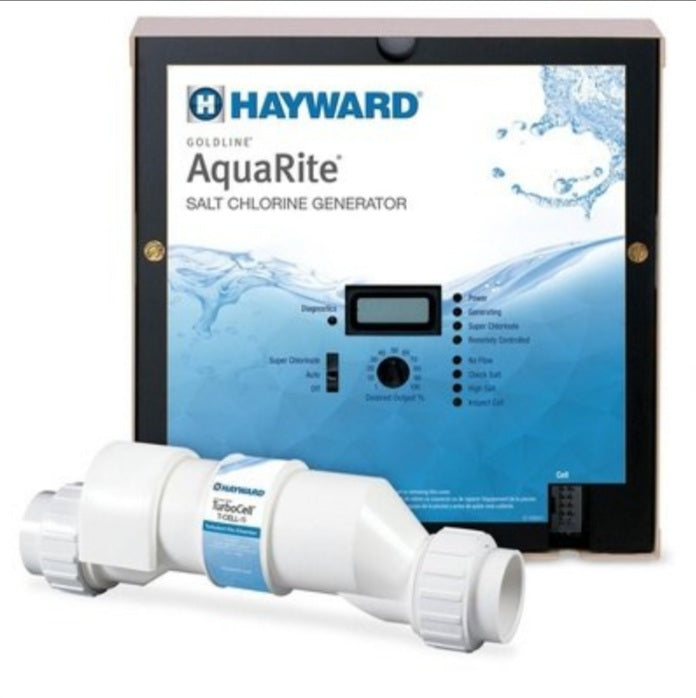A Step-by-Step Guide to Opening a Swimming Pool
Last updated on: June 1, 2025
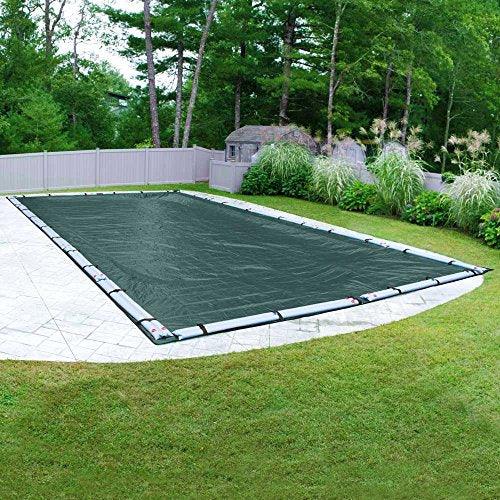
Introduction
Summertime is synonymous with swimming, and as the temperatures rise, so does the desire to take a refreshing dip in a pool. If you’re considering opening a swimming pool, you’re in for a rewarding venture.
However, starting the process right ensures crystal-clear water and a safe swimming environment. This guide will walk you through the steps, chemicals, and equipment required to open a swimming pool successfully.
Before we look into the steps for opening your pool, let us understand the best time to open a swimming pool.
Most Loved Cordless Pool Cleaner: Aiper Scuba S1 Cordless Robotic Pool Vacuum Cleaner: Cleaning Schedule, Smart Navigation, Wall, Floor, & Waterline Cleaning, Suitable for all Pools Up to 1,600 sq.ft
When is the Right Time to Open a Swimming Pool
It would be best to monitor the weather and water temperature closely. You must open your pool before the water temperature hits 60 degrees Celsius. This is usually towards the end of fall for many locations in the USA.
Opening your swimming pool when the water temperature is so high can lead to algae formation.
Remember, algae thrive well in hot and humid temperatures. You should not wait until temperatures are so high. Here are the steps to open your pool for the summer the right way.
View All the Recommended Swimming Pool Chemicals
Step 1: Prepare Your Pool Area
Before you dive into pool maintenance, ensure the pool area is clean and safe:
- Remove debris: Clear leaves, twigs, water, and other debris from the pool cover and surrounding area.
- Inspect the pool equipment: Check pumps, filters, and heaters for any damage or wear and tear.
- Clean the pool deck: Pressure wash or sweep the pool deck to remove dirt and grime.
- Trim landscaping: Trim trees and shrubs near the pool to prevent leaves and debris from falling in.
Step 2: Remove the Pool Cover
Carefully remove the pool cover and store it properly. Clean and dry the cover before storage to prevent mold and mildew.
Step 3: Inspect and Reconnect Equipment
Inspect all pool parts, including skimmer, return, and hoses, and ensure everything works. Reconnect the pool pump, filter, and any other accessories that were disconnected for winter.
Step 4: Fill the Pool
Use a garden hose to fill your pool with fresh water until it reaches the recommended level (midway up the skimmer opening). The water will enter the plumbing system once the plugs are removed and the valves are open.
Step 5: Clean and Vacuum the Pool
Use a pool net or hand skimmer to remove any floating debris. Then, vacuum the pool to remove dirt and sediment that may have settled on the pool floor.
Related Product: Beatbot AquaSense Cordless Robotic Pool Vacuum Cleaner for Above Ground and Inground Pools Up to 2260 sq. ft
Step 6: Test and Balance Water Chemistry: Startup Chemicals
Proper water chemistry is crucial for a safe and enjoyable swimming experience. Here are the steps to ensure your pool’s water is balanced:
- Test the water: To get the correct chemical readings in your water, turn the pump on for 30 minutes to mix the water. Use an accurate pool water testing kit to check pH levels, chlorine or bromine levels, alkalinity, cyanuric acid, and calcium hardness. Salt levels should also be tested for saltwater pool owners to maintain the right level for chlorine generators. We have separate articles for spa and hot tub maintenance and saltwater pool maintenance.
- Adjust pH levels: Depending on the test results, add a pH increaser or decreaser to achieve a pH level of around 7.4 to 7.6.
- Balance alkalinity: Use a product like sodium bicarbonate to adjust alkalinity to the recommended 80-120 ppm range.
- Add Chlorine Stabilizer: Add Cyanuric acid to raise Cya level (30-50 ppm for chlorine pools and 60-80 ppm for saltwater pools) to protect free chlorine from depleting fast due to UV light from the sun.
- Sanitize the pool: Shock the pool by adding chlorine (Liquid Chlorine recommended) to maintain a suitable sanitizer level of 3 ppm. This process will eliminate contaminants and restore water clarity.
Related Product: CHLORWORKS Saltwater Pool System Chlorine Generator – Powerful Chlorination for Pools up to 40,000 Gallons
Step 7: Run the Filtration System
Turn on the pool pump and filtration system to circulate and filter the water. Open the air release valve on the filter if it has one, and leave it open until a steady stream of water flows out of the air release valve.
Close the air release valve and turn the pump on to push any remaining air out of the plumbing. Run it continuously for at least 24-48 hours to ensure thorough water circulation.
Step 8: Monitor Water Chemistry
Continue to test and adjust water chemistry as needed every day. Regularly check the pool’s pH, chlorine/bromine levels, and alkalinity to maintain water quality.
Step 9: Clean and Maintain the Pool
Regularly skim the pool’s surface, vacuum the pool, and brush the walls to prevent algae growth and keep the water crystal clear. Clean or backwash the filter as necessary.
Step 10: Safety First
Remember pool safety! Ensure you have appropriate safety equipment like a life ring, safety ropes, and a first-aid kit readily available. Check pool drains and covers for safety compliance.
Conclusion:
Opening a swimming pool requires careful preparation and ongoing maintenance. Following these steps and maintaining proper water chemistry can create a safe and enjoyable swimming environment for your family and friends. Remember that consistent upkeep is vital to a successful pool season, so stay vigilant and enjoy your sparkling pool all summer!
Related Products: 16000 BTU Heat Pump for Upto 5000 Gallons Above-ground Pools & Spas Heater and Cooler with WiFi Timer, 120V
Raypak 399,000 BTU Natural Gas Pool Heater – Electric Ignition



